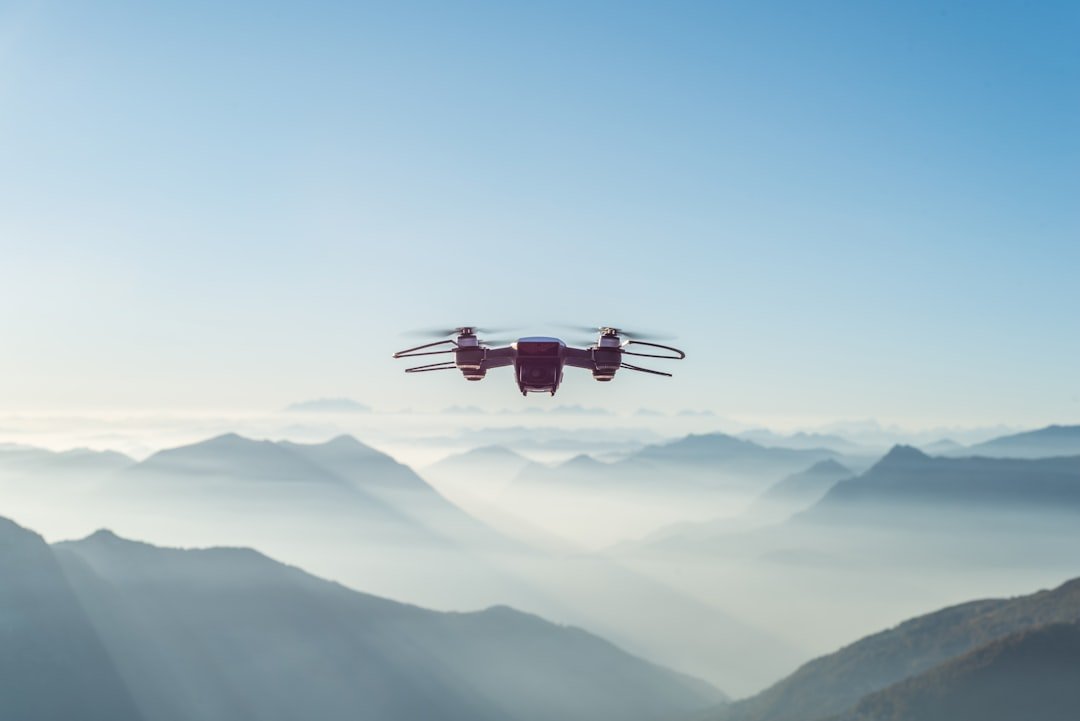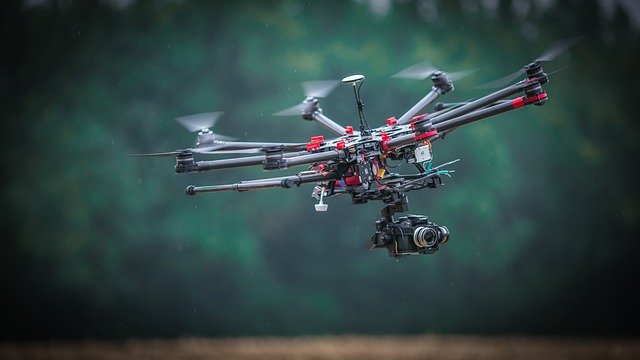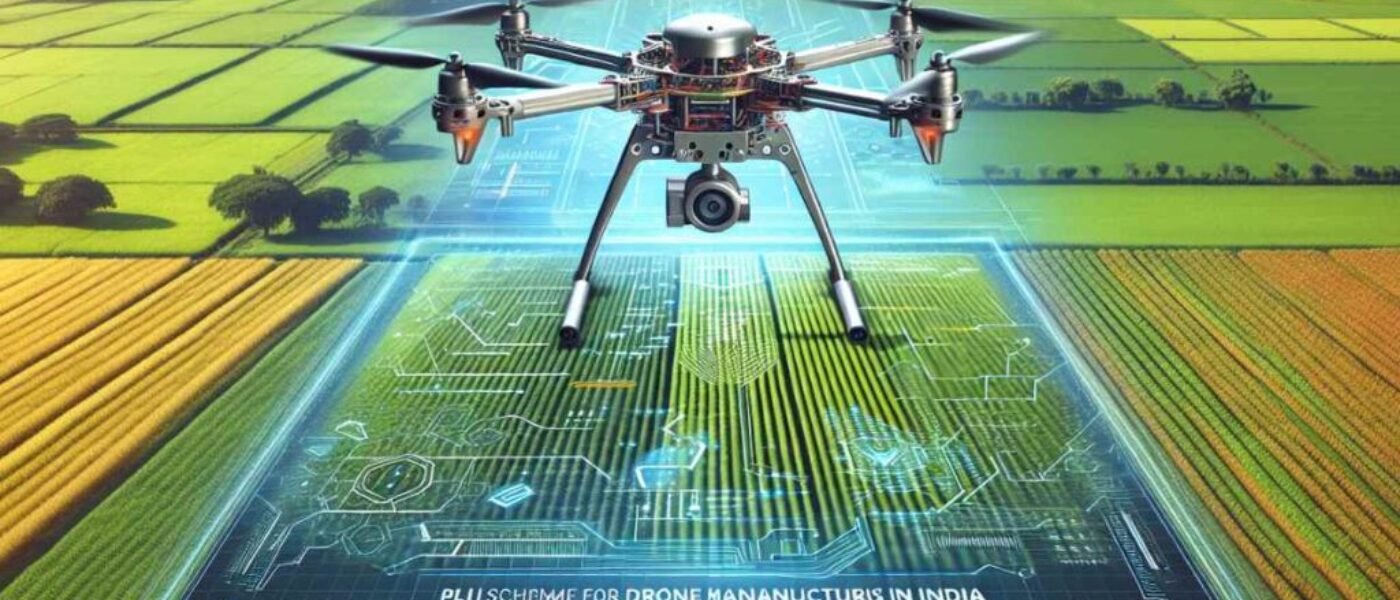Introduction to the PLI Scheme for Drone Manufacturing
Ever wondered how drones are zooming ahead in the tech world? Thanks to innovative strategies like the Production Linked Incentive (PLI) scheme, the drone manufacturing industry is taking flight at an incredible pace. This initiative is designed to revamp how drones are made and used, especially in countries like India, which is rapidly rising as a global drone hub. With a focus on boosting domestic production and creating cutting-edge drones, the PLI scheme is driving a transformation in the industry. It bridges the gap between innovation and practical application, focusing on areas such as:
– Drone component manufacturing
– Commercial drone production
– Certification and regulatory frameworks
These elements align to ensure that drones aren’t just a futuristic gadget, but a present-day reality that supports industries ranging from agriculture to aerial automation.
Understanding the PLI Scheme

Definition and Purpose
The Production-Linked Incentive (PLI) scheme is a strategic initiative by the Indian government aimed at boosting domestic manufacturing capabilities across various sectors. Initially rolled out for electronic sectors, the PLI scheme has recently taken major strides in the drone industry, providing financial incentives linked to the production volumes of drones and their components. By focusing on increasing production, the scheme’s overarching goal is to transform India into a global manufacturing hub. The PLI hopes to encourage innovation, expand export potential, and reduce reliance on imports, setting the stage for India to lead in technological advancements, particularly in drone technology.
Key Benefits for the Drone Industry
The PLI scheme introduces a plethora of benefits for the drone industry, aligning with the sector’s aim to become a vital player on the global stage. Here are some key advantages:
– Increased Investments: Investors are keen to pour capital into a sector that the government actively supports. This leads to more research and development and technological innovation.
– Job Creation: With manufacturing scaling up, numerous skilled and semi-skilled employment opportunities are generated, contributing to economic growth.
– Enhanced Competitiveness: By reducing costs and increasing production, Indian drone manufacturers can compete effectively with international counterparts.
– Boost in Exports: A boost in production capabilities can increase the export potential of Indian drones, opening up new markets overseas.
How the Scheme Supports Local Manufacturers
Local manufacturers are at the heart of the PLI scheme’s success. With the provision of financial incentives, manufacturers are encouraged to increase production and embrace cutting-edge technologies. The scheme reduces the cost burden on manufacturers by offering subsidies that make it economically viable to develop and manufacture advanced drones domestically. This not only nurtures a self-reliant drone ecosystem but also invites innovation and adaptability among local companies, giving them the tools to meet global standards.
India’s Growing Drone Industry
Overview of the Indian Drone Market
The Indian drone market is witnessing remarkable growth, driven by technological advancements and an increasing range of applications. From surveillance and security to logistics and healthcare, the versatility of drones is reshaping various industries. With government support through initiatives like the PLI scheme and Drone Shakti scheme, the domestic market is flourishing, making India an attractive destination for global drone manufacturers and investors.
The Role of Agricultural Drones
One of the most exciting developments in the Indian drone industry is the rise of agricultural drones. These drones provide farmers with a modern solution to traditional farming challenges. They’re used for tasks like crop monitoring, spraying pesticides, and analyzing soil health, leading to increased yields and reduced resource usage. This creates a dual benefit—enhancing agricultural productivity while fostering technological growth in rural areas.
The Rise of Commercial Drones in India
The commercial drone segment in India is soaring, with applications branching out into sectors like real estate, media, construction, and more. These drones have become indispensable for aerial photography, surveying, and mapping. The implementation of the PLI scheme acts as a catalyst, encouraging local manufacturers to ramp up production to meet the increasing demand. Additionally, the Drone Certification Scheme ensures that drones produced meet safety and quality standards, further assuring their deployability across various industries.
The potential of India’s drone industry continues to grow, largely thanks to supportive government policies like the PLI scheme. As technology evolves and applications widen, the sky is truly the limit for the Indian drone market.
Competing on the Global Stage
The world is witnessing a technological renaissance, and drones are at its forefront. As the drone industry continues to burgeon, India’s ambitions to become a significant player cannot be overlooked. The Production-Linked Incentive (PLI) scheme is playing a pivotal role in propelling the domestic drone industry into the global spotlight.
India’s Potential to Challenge China
China has long been recognized as a heavyweight in the drone manufacturing sector. However, India’s vast talent pool, coupled with governmental support, places it in a strategic position to challenge this status quo. With initiatives like the PLI scheme and “Drone Shakti,” India is fostering an environment ripe for innovation and competitiveness. Encouraging local manufacturers through financial incentives not only boosts the domestic industry but also persuades global stakeholders to tap into India’s potential as a drone manufacturing hub.
Building a Global Drone Hub in India
Creating a global drone hub in India is more than just increasing production numbers; it’s about fostering innovation and creating opportunities. With the PLI scheme providing a robust framework, we’re seeing a surge in research and development efforts. These efforts pave the way for cutting-edge technologies and establish India as a leader in the drone space. Furthermore, India’s burgeoning start-up ecosystem is enthusiastic about embracing drone technology, ensuring the country’s rapid ascent in the global market.
The Impact on Global Supply Chains
As India ramps up production and develops as a key hub, global supply chains are bound to feel the tremors. With more countries looking to diversify their supply chain dependencies, India emerges as a compelling alternative. Not only does this shift promise better cost efficiencies, but it also enhances reliability and reduces logistics complexities. Indian manufacturers, empowered by the PLI scheme, are positioned to offer rapid, high-quality, and scalable drone solutions, bringing a fresh dynamic to international trade.
Key Fields Influenced by the Drone Industry
The transformative power of drones transcends many industries, changing the way we approach traditional challenges.
Aerial Automation and Technology Advancements
Drones are not just about flying gadgets; they’re a testament to the marvels of aerial automation. These high-tech devices are equipped with advanced sensors, AI-driven analytics, and real-time data processing capabilities. This leap in technology is facilitating innovations across various sectors, making operations more efficient, accurate, and affordable.
Applications in Agriculture and Infrastructure
In agriculture, drones are becoming farmers’ best friends. From crop monitoring and precision agriculture to pest control and irrigation management, drones offer an aerial vantage that significantly boosts productivity. Meanwhile, in the infrastructure sector, drones are being used for site surveys, construction monitoring, and asset inspections, providing essential data with unmatched convenience and safety.
The Future of Drone Component Manufacturing
The future of drone technology also depends on the evolution of its components. India is progressively investing in developing an ecosystem for drone component manufacturing. This includes everything from propellers to sophisticated camera systems. By focusing on the end-to-end supply chain within the country, India aims to reduce dependency on imports, improve quality, and scale innovations to a global audience. This foresight ensures that as the demand for drones grows, so does India’s capability to meet and exceed those demands.
Effectiveness of the PLI Schemes

The Production-Linked Incentive (PLI) scheme has truly reshaped the landscape of drone manufacturing in India. With its strategic financial incentives, it has sparked growth and innovation, propelling the nation towards becoming a global hub for drones. Companies and startups are buzzing with newfound energy, keen to tap into the vast and soaring aerial automation market. Let’s dive into some success stories and hear what the industry has to say.
Success Stories and Industry Feedback
The PLI scheme has inspired numerous success stories in drone manufacturing. Drone Shakti, a leading start-up, leveraged these incentives to scale operations, creating advanced agricultural drones that are now transforming farming practices. Industry experts are optimistic, applauding the way the PLI has powered growth, enabled technology transfer, and attracted foreign investment. According to a recent survey, 80% of drone manufacturers witnessed a boost in production capacity, thanks to the PLI benefits. It’s clear that when it comes to turbocharging innovation, the PLI scheme is hitting all the right notes.
Challenges and Areas for Improvement
However, the initiative is not without its challenges. Some manufacturers have raised concerns over cumbersome bureaucratic processes and delays in receiving incentives. Others felt that more guidance is needed for small scale enterprises to fully benefit from the scheme. These issues highlight the need for streamlining processes and providing comprehensive support to ensure every player in the industry, big or small, thrives in this new era of drone manufacturing.
Long-term Vision and Growth Opportunities
Looking further into the future, the PLI scheme has laid a robust foundation for India’s drone industry to soar. By 2030, India is poised to become a global leader in drone technology, expanding into diverse fields such as logistics, surveillance, and climate research. The agricultural drone market, in particular, holds immense potential for growth, offering sustainable solutions for smarter farming practices. As the country continues to embrace cutting-edge drone technology, the possibilities are limitless, fostering a future where India’s skies are filled with the innovation and dynamism of domestically manufactured drones.
Conclusion
In a rapidly evolving world where drones are becoming synonymous with innovation, the Production-Linked Incentive (PLI) scheme stands as a game-changer for the drone manufacturing landscape. By encouraging domestic production, reducing costs, and sparking technological breakthroughs, India is on the fast track to becoming a global drone hub.
– Empowering local manufacturers
– Enhancing technological capabilities
– Stimulating economic growth
With these advancements, the PLI scheme not only elevates India’s position in the global market but also revolutionizes industries like agriculture, surveillance, and logistics. Thus, it promises a future where drones play an integral part in our everyday lives, soaring to new heights of success.

Drone Industry Seeks PLI Scheme Expansion
January 25, 2025 @ 5:13 pm
[…] Read More about PLI Scheme JSW Defence to Boost Telangana’s Drone Manufacturing with ₹800 Crore Investment […]